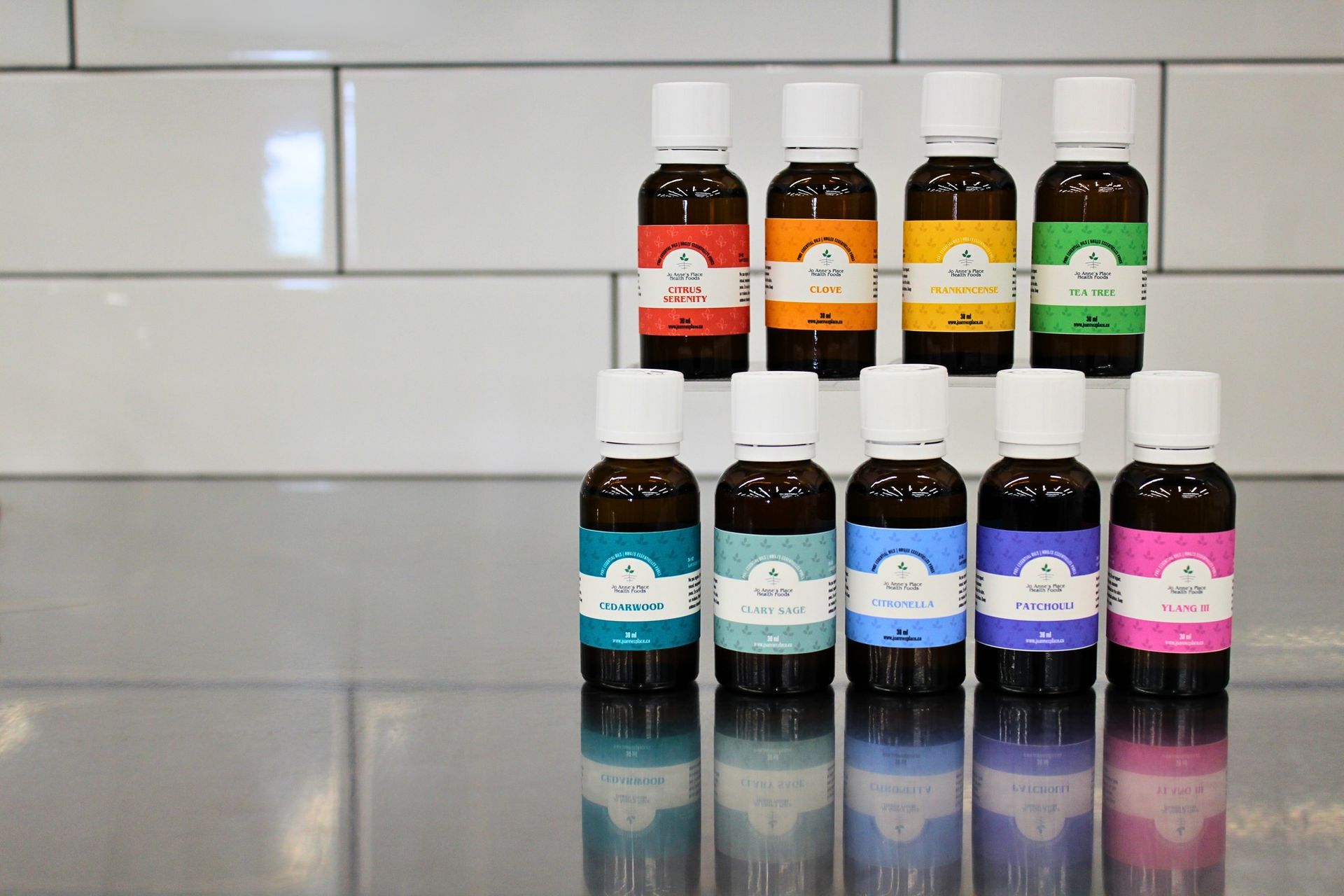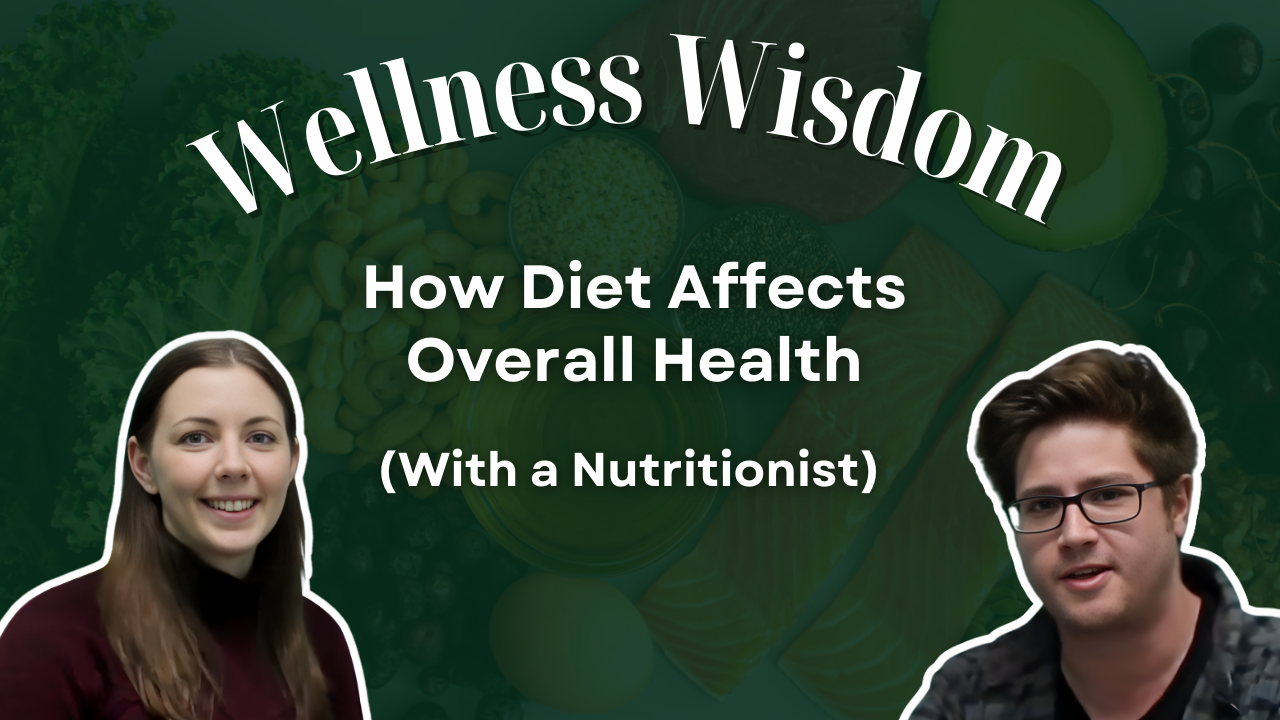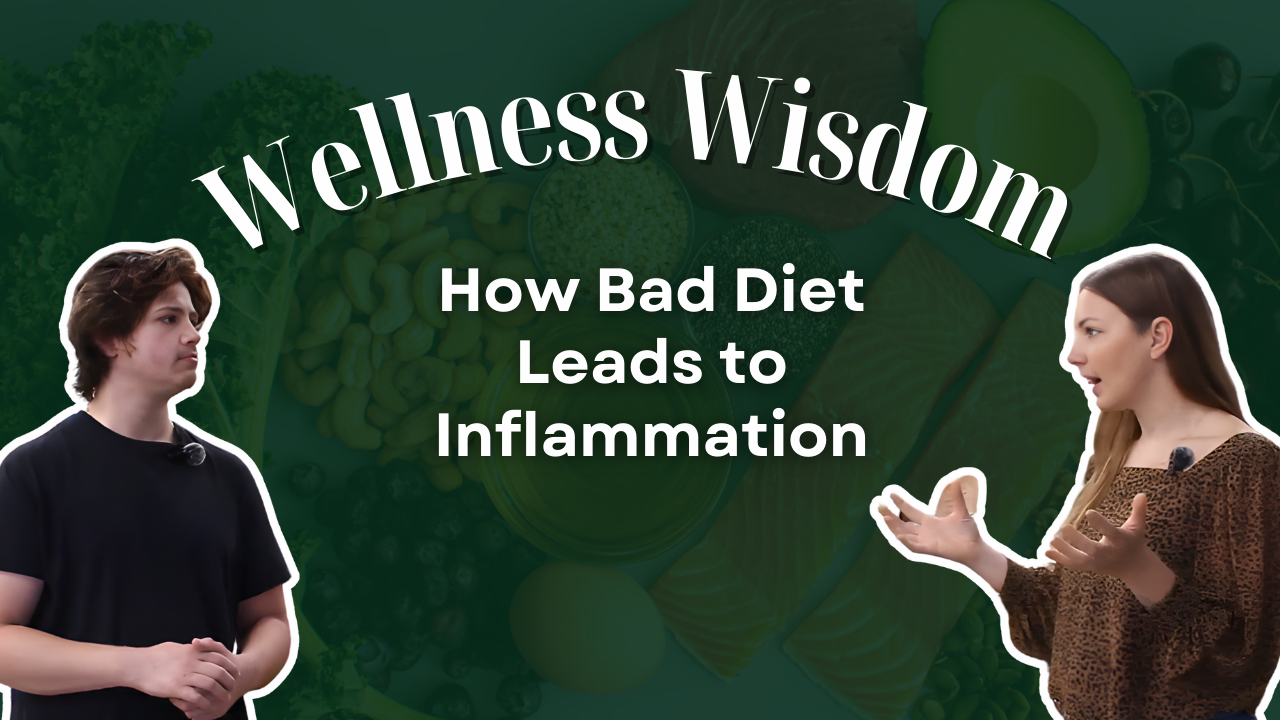A Guide to Our New Essential Oils

*Please note that with the closure of Alypsis, we are currently evaluating our next steps with regard to our essential oil and carrier oil lines. We appreciate your patience and understanding.*
*Be sure to mix essential oils with a carrier oil, such as our Jojoba Golden, Grapeseed, or Almond Oils, before applying to your skin. Spot test on a small area of skin before applying to larger spots. Do not ingest.
What Are the Benefits?
Bergamot:
Bergamot essential oil has a nice citrus scent and may already be an ingredient in the cosmetic products you use.
Reduces stress, A small 2015 study done on women in Japan found that bergamot oil mixed with water vapor reduced feelings of anxiety and fatigue.
Lowers cholesterol, Numerous studies have found that bergamot oil may be able to reduce cholesterol.
Reduces pain and inflammation, Linalool and carvacrol are compounds found in bergamot oil. A 2017 review of studies analyzed the effects of multiple essential oil compounds. It found that both linalool and carvacrol had analgesic, anticonvulsant, and anti-inflammatory capabilities.
Citronella: For centuries, citronella has been used for a variety of purposes, including:
Insect repellent, Citronella needs to be reapplied often to be an effective mosquito repellent. However, it may provide protection for up to three hours if it is combined with vanillin.
Antifungal agent, Citronella oil seems to be an effective antifungal agent. In some cases, it may need to be reapplied daily to keep fungal infections under control.
Promote wound healing, Citronella oil’s antifungal and anti-inflammatory properties may help to speed up the healing of wounds.
Cedarwood: Cedarwood oil and its components have been analyzed in animal and human studies for potential health and beauty benefits.
Hair loss, Alopecia areata is a disease that causes the immune system to attack hair follicles, leading to hair loss. Cedarwood is one of several essential oils that may improve hair growth.
Skin treatment, Cedarwood oil has anti-inflammatory and antimicrobial properties. This may make it beneficial for skin conditions like acne. It may also be beneficial for other skin conditions. For example, it may reduce the appearance of scars, treat minor wounds, alleviate arthritis pain, and sooth symptoms of eczema.
Trouble sleeping, When used as an aromatherapy treatment, cedarwood oil may have sedative qualities, making it beneficial for alleviating occasional insomnia.
Cinnamon:
The scent of cinnamon is spicy, sweet, and for many, filled with happy memories of delicious food and cozy days. Cinnamon oil is prized for its lush fragrance. It’s also linked to several health and beauty benefits.
Combats hard-to-treat bacterial organisms, a study found that compounds in cinnamon oil had an antimicrobial effect against Pseudomonas aeruginosa, a potentially life-threatening, drug-resistant bacteria that affects plants, people, and other animals.
Disinfects, cinnamon bark oil’s antibacterial properties make it a safe, effective, and non-chemical additive alternative that can be used to preserve products and increase their shelf life.
Camphor: Camphor has a wide variety of topical uses due to its antibacterial, antifungal, and anti-inflammatory properties. It can be used to treat skin conditions, improve respiratory function, and relieve pain.
Skin conditions, A 2015 animal study found camphor to be effective in treating wounds and ultraviolet light-induced wrinkles, making it a potential ingredient in anti-aging cosmetics.
Relieves pain, applying camphor to the skin helps to relieve pain and inflammation. A small study found that a spray containing natural ingredients such as camphor, menthol, and essential oils of clove and eucalyptus was effective in relieving mild to moderate pain.
Improve respiratory function, According to a 2010 study, vapor rub was most effective in relieving night cough, congestion, and sleep difficulty in children with upper respiratory tract infections.

Clove: Clove oil is an essential oil that’s derived from clove trees. Clove oil has traditionally been used for a variety of purposes, including:
Antimicrobial activity, a study from 2012, researchers found that clove oil had the ability to kill staph bacteria cells in liquid culture and in biofilm.
Skin applications, In 2017, researchers tested clove oil to see whether, when applied to the skin, it had any effect on chronic itching. The study found that, compared to petroleum oil, clove oil significantly relieved itching.
Clary Sage: A flowering herb that’s native to the Mediterranean Basin. The essential oil that’s extracted from the leaves and buds of the plant has a clean, refreshing scent and numerous health benefits:
Stress reduction, One small study done on women undergoing a stressful medical test indicated that clary sage essential oil elicited feelings of relaxation and helped to reduce blood pressure.
Antibacterial properties, in one laboratory study, clary sage oil helped heal severe dermatological infections caused by several strains of Staphylococcus bacteria.
Natural antidepressant, clary sage has been tested on both animals and humans to determine its potential benefits as an antidepressant. One study done on rats indicated that clary sage oil could be beneficial for depression by acting as an anti-stressor.
Frankincense: Frankincense, also known as olibanum, has a wooden and spicy scent and is made from the resin of the Boswellia tree.
Reduce symptoms of arthritis, researchers believe that frankincense can prevent the release of leukotrienes, compounds that can cause inflammation. Terpenes, including boswellic acid, appear to be the strongest anti-inflammatory compounds in frankincense.
Improve gut function, one 2017 study found that frankincense, in combination with other herbal medicines, reduced abdominal pain, bloating, and even associated depression and anxiety in people with irritable bowel syndrome (IBS).
Lemongrass: Lemongrass is a tropical, grassy plant used in cooking and herbal medicine. It has a powerful, citrus scent.
Antibacterial properties, Lemongrass is used as a natural remedy to heal wounds and help prevent infection. Research from 2010 found that lemongrass essential oil was effective against a variety of drug-resistant bacteria.
Relieve Nausea, Lemongrass is also a common ingredient in herbal teas and supplements for nausea. Although most herbal products use dried lemongrass leaves, using the essential oil for aromatherapy may provide similar benefits.
Reduce Cholesterol, A study found lemongrass oil significantly reduced cholesterol in rats who had been fed a high cholesterol diet for 14 days.
Rose: According to research, the essential oil derived from the rose plant has a wide range of potential benefits. Our oil blend also contains an infusion of 5% Jojoba Oil.
Eases pain, In a 2015 study, postoperative children used either almond oil or rose oil. The patients in the group that used rose oil reported a significant decrease in their pain levels.
Decreases anxiety and stress, In one study, researchers applied rose oil to the skin of each participant, and then measured its effects on the most common symptoms of anxiety. Blood pressure, heart rates, breathing rates, cortisol levels, and blood oxygen levels all decreased.
Eases depressive symptoms, One group received aromatherapy in addition to conventional medical treatments. The women who used aromatherapy improved significantly more than women who used conventional medicine alone.

Patchouli: Patchouli oil has a characteristic scent that might be described as woody, sweet, and spicy. Because of this, it’s often used as a scent additive in products like perfumes, cosmetics, and incense.
Anti-inflammatory properties, Swelling is a large part of your body’s inflammatory response. A recent study in mice found that one component of patchouli oil decreased chemically induced swelling in their paws and ears.
Pain relief, A 2011 study assessed the pain-relieving effects of patchouli extract in mice.
Skin application, A 2014 study treated mice with patchouli oil for two hours and then exposed them to ultraviolet radiation, The researchers found that mice treated with patchouli oil had less wrinkle formation and an increase in collagen content.
Spearmint: Spearmint, or Mentha spicata, is a type of mint similar to peppermint. It’s a perennial plant that hails from Europe and Asia but now commonly grows on five continents around the world.
Good for digestion, The compound carvone, which is naturally found in spearmint, has been shown to strongly inhibit muscle contractions in the digestive tract, which may explain how this herb helps relieve digestive upsets.
High in antioxidants, Spearmint contains a large number of antioxidant compounds, including rosmarinic acid, flavones and flavanones like limonene and menthol.
May Improve Memory, Studies have shown that mice given a spearmint extract experienced improved learning and memory as shown by their performance on a maze test.
Tea Tree: Tea tree oil comes from the leaves of Melaleuca alternifolia, a small tree native to Queensland and New South Wales, Australia.
Hand sanitizer, Studies have shown that it kills several common bacteria and viruses responsible for causing illness, including E. coli, S. pneumoniae, and H. influenzae.
Insect repellent, A test-tube study revealed that tea tree oil had a greater ability to repel mosquitoes than DEET, the most common active ingredient in commercial insect repellents.
Natural deodorant. Tea tree oil contains compounds that fight bacteria responsible for body odor. It can be used to make a safe and effective deodorant.
Thyme: You’re probably familiar with thyme’s use as an herb and food seasoning. In addition to livening up the flavor of food, the thyme plant (Thymus vulgaris) is also the source of thyme essential oil.
Food preservative, In a study reported in the Journal of Medicine and Life, thyme oil was found to be effective at eliminating food-related bacteria and fungi.
Heart disease, A 2010 laboratory study published in the Journal of Lipid Research found that the carvacrol in thyme oil was an effective anti-inflammatory agent with cardioprotective capabilities, making it potentially beneficial for people with heart disease.
Oral health, Thymol’s anti-inflammatory effects have been documented in several studies. The thymol in thyme oil is effective at reducing inflammation and infection.
Wintergreen: Wintergreen oil is traditionally extracted from the leaves of the wintergreen plant.
Pain and inflammation relief, The active ingredient in wintergreen oil, methyl salicylate, is closely related to aspirin and has analgesic and anti-inflammatory properties.
Anti-Bacterial Effects, A 2017 study found that 0.5 percent wintergreen oil had a similar or higher antibacterial activity than a control antibiotic against persistent forms of Borrelia burgdorferi, the causative agent of Lyme disease.
Insecticide, Wintergreen oil may also be found in insecticides and repellents. However, research suggests that, when compared to other essential oils, it may be more effective as an insecticide or fumigant than as a repellent.
Ylang Ylang III: Ylang ylang is a yellow, star-shaped flower that grows on the Cananga tree.
Self-esteem, A small study found that ylang ylang reduced anxiety and boosted self-esteem when it was applied to skin.
Anti-fungal, Ylang ylang contains linalool, a compound which has antibacterial, antifungal, and anti-inflammatory properties. It has been shown to be effective at reducing Candida albicans, a fungal infection.
Asthma, In many parts of the world, ylang ylang flowers are pounded into paste and used as an inhalant to treat asthma.
Blends
In addition to our regular essential oils, we also have blends which infuse multiple different oils to create a mixture that can help a wide variety of health issues.
Blossom Bliss Blend (Litsea/May-Chang & Lavender)
Citrus Serenity Blend (Mandarin, Lemon, Key Lime, Grapefruit, Bergamot, & Sweet Orange)
Immunity Infusion Blend
(True Cinnamon, Clove, Lemon, Rosemary, & Eucalyptus)
For more information on our line of essential oils, please visit The Dispensary, located at our Lansdowne store (1260 Lansdowne St. W) or give us a call at 705-749-9474.
Source:
https://www.healthline.com/










